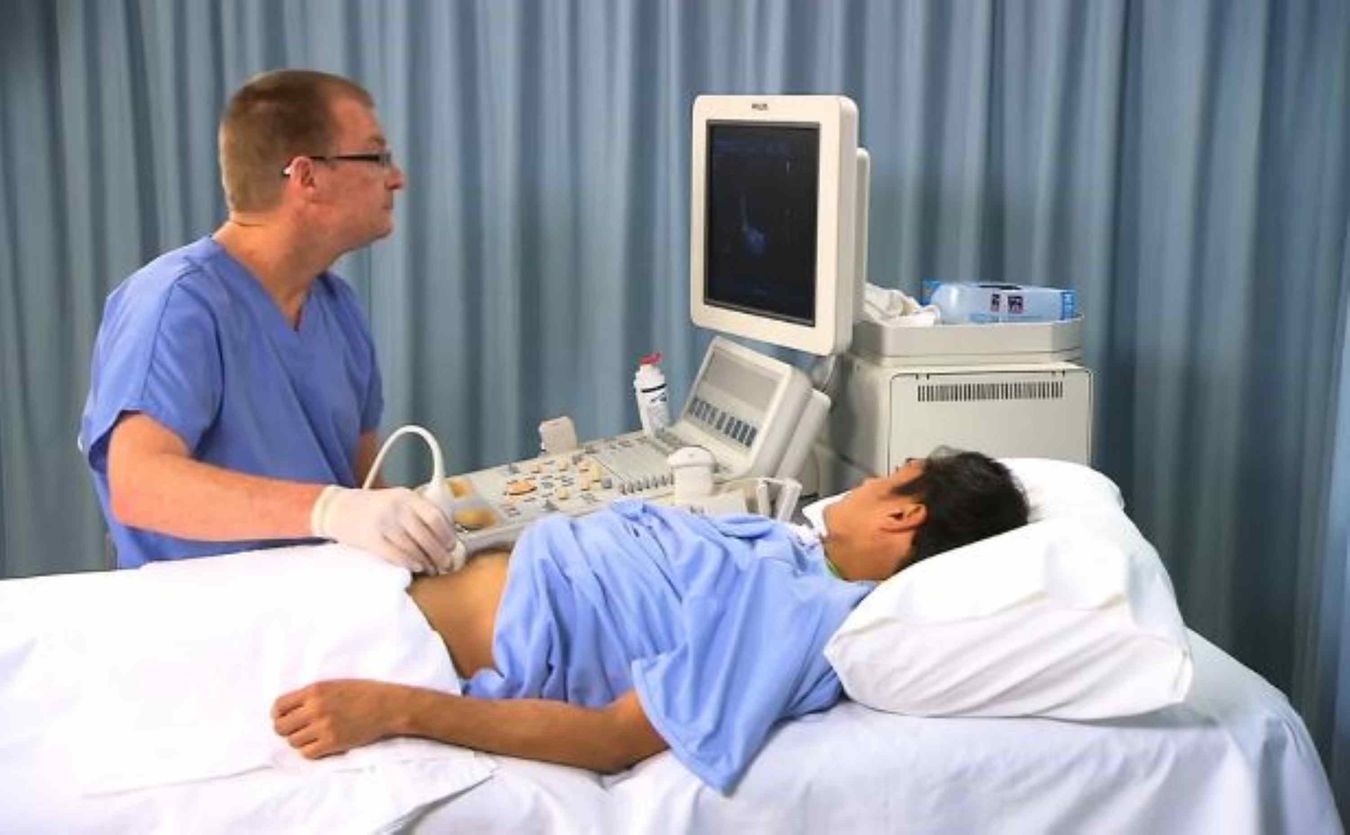Summary
Imaging of blood vessels, especially using methods such as Doppler ultrasound and angiography, is an important part of the diagnosis and treatment of various vascular diseases. However, healthcare professionals often encounter cases where the findings are not straightforward and are presented with complex vascular imaging scenarios. Analyzing ambiguous results and unusual presentations requires a holistic approach and expertise.
Key challenges in complex vascular imaging:
Atypical anatomy:
Some patients have atypical vascular anatomy, such as variant vascular origin, which complicates image interpretation. In such cases, healthcare providers must carefully analyze the unique presentation.
Vascular diseases:
Vascular diseases can manifest in different ways. For example, an aneurysm can present differently depending on its location, size, and surrounding blood vessels. Interpretation of these variants is essential for an accurate diagnosis.
Patient factors:
Factors such as obesity or severe calcification can limit the quality of vascular images, making it difficult to obtain clear results. Overcoming these challenges requires adapting imaging techniques and optimizing setups.
Strategies for analyzing complex vascular findings:
Advanced imaging techniques:
The use of advanced imaging techniques, such as contrast-enhanced ultrasound or computed tomography angiography (CTA), can provide a more comprehensive view of the vasculature and help identify unusual findings.
Multidisciplinary collaboration:
In complex cases, the involvement of specialists from different fields such as vascular surgery, radiology, and cardiology can lead to a more accurate interpretation and diagnosis.
Clinical Correlation:
Correlation of clinical information, including the patient’s medical history and symptoms, can help understand the significance of equivocal vascular findings.
Staying updated:
Healthcare professionals involved in vascular imaging must attend continuing education to stay current with the latest techniques and technologies. This information helps interpret unusual presentations.
Comprehensive documentation:
Detailed documentation of observations and discussions with colleagues can aid decision-making and improve patient care.
Complex angiography is not just a diagnostic challenge; it can also have a significant impact on patient care and treatment. Timely and accurate recognition of abnormal findings or ambiguous presentations can guide decisions regarding surgery, endovascular interventions, or medical management. Misinterpretation of such findings can lead to suboptimal patient outcomes.
In conclusion, complex angiography requires a combination of advanced imaging techniques, multidisciplinary collaboration, clinical correlation, and continuing education. The ability to analyze ambiguous findings and unusual presentations is a testament to the expertise and dedication of healthcare professionals in the field of vascular imaging. This ensures that patients receive the most accurate diagnosis and appropriate treatment, ultimately improving their quality of life.










